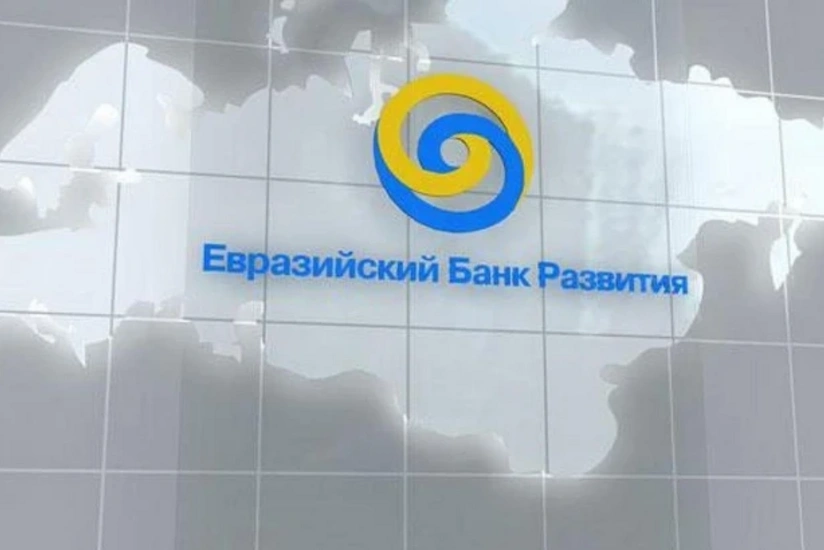EDB: Approved non-sovereign operations exceed $2.6B in Azerbaijan from 2008 to 2025
- 30 October, 2025
- 17:24

As of the end of the third quarter of 2025, the volume of approved non-sovereign operations by international financial institutions (IFIs) in Azerbaijan reached $2.671 billion, Report informs, citing the Eurasian Development Bank (EDB).
Of this total, $61.7 million corresponds to 2025, with the remainder covering the period from 2008 to 2024. During this time, 110 projects were implemented, 51 of which remain active.
The report identifies the largest investors as the European Bank for Reconstruction and Development (EBRD) – $875.3 million, the Asian Development Bank (ADB) – $790.5 million, and the Black Sea Trade and Development Bank (BSTDB) – $278.9 million.
Other active institutions include the International Finance Corporation (IFC) – $209 million, the Asian Infrastructure Investment Bank (AIIB) – $170 million, the European Investment Bank (EIB) – $119.2 million, the Islamic Corporation for the Development of the Private Sector (ICD) – $116.2 million, and the OPEC Fund – $111.9 million.
Key sectors for financing include financial services – $973.4 million, industry – $894.8 million, and renewable energy – $675.4 million.
The report notes that the average annual volume of financing in Azerbaijan has increased 2.6 times, from $108 million in 2008–2010 to $280 million in 2022–2024.
According to the EDB, the total approved non-sovereign IFI financing in the South Caucasus-Azerbaijan, Armenia, and Georgia-reached $11.3 billion during 2008–2024.
"The South Caucasus" share of total IFI non-sovereign operations in the Eurasian region rose from 9% in 2008–2010 to 20% in 2022–2024. Average financing in the region increased from $0.4 billion to $1.1 billion. The main sectors correspond to IFI priorities in Central Asia-energy and financial services," the report says.
Experts, however, highlight that investment dynamics in the South Caucasus remain below those in Central Asia, due to differences in economic scale, lower investment potential, and limited regional connectivity.
